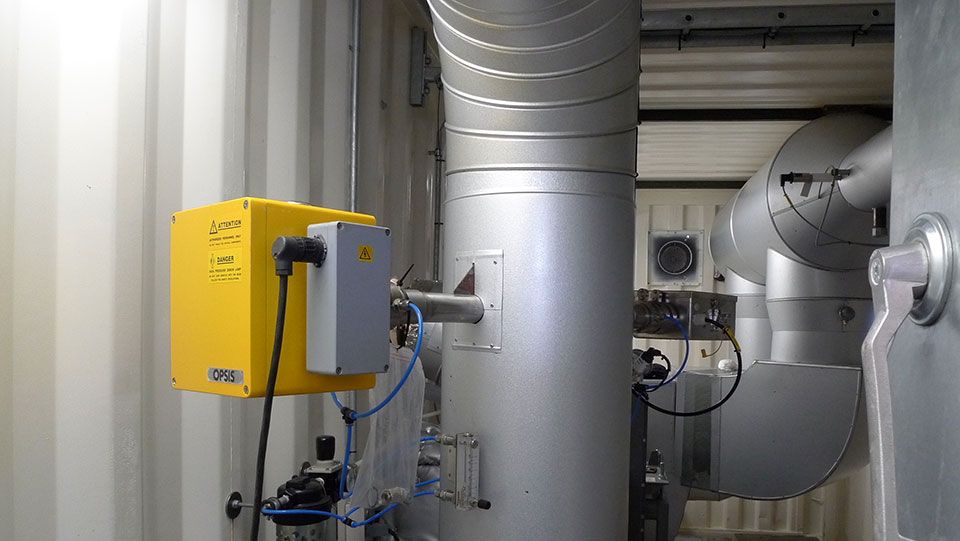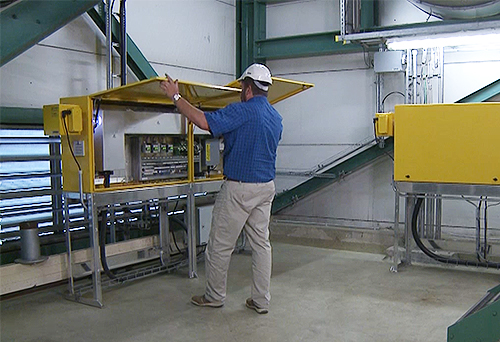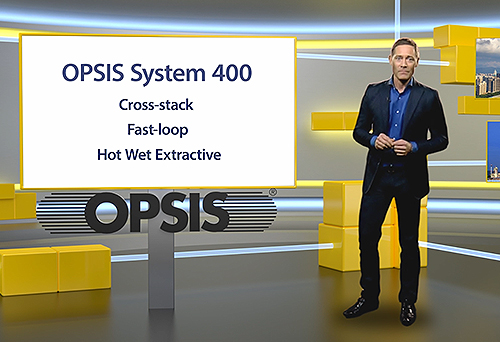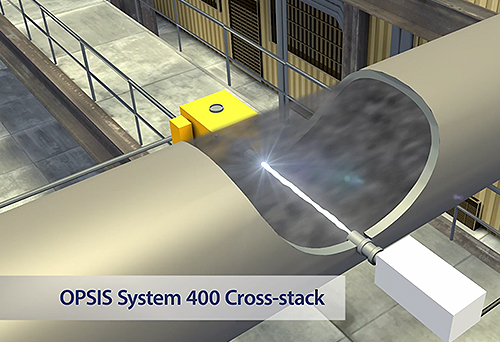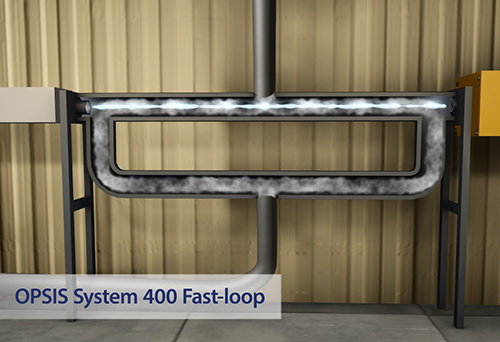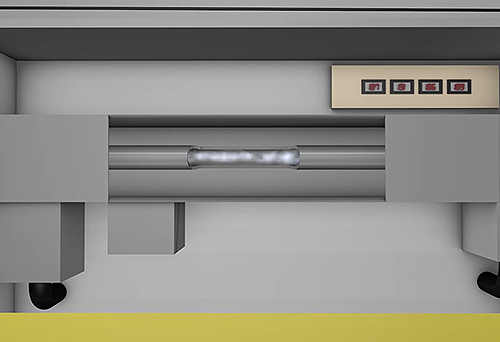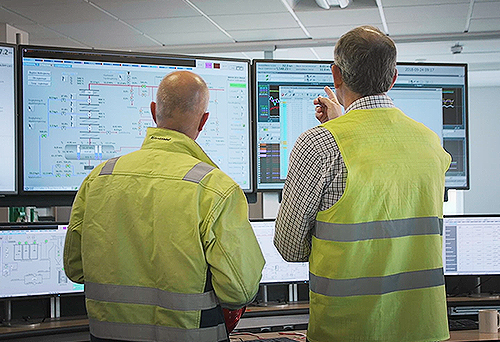Monitoring SRU and TGTU processes for reducing sulfur emissions
When refining natural gas and crude oil, large amounts of hydrogen sulfide (H2S) are often formed. The sulfur can be separated in so-called Sulfur Recovery Units (SRUs). The remaining sulfur compounds are then combusted to sulfur dioxide (SO2) in Tail Gas Treatment Units (TGTUs). Process control of SRUs and emission monitoring from TGTUs can be challenging due to the toxic and corrosive gases and high gas temperatures. However, OPSIS has monitoring systems that handle these challenges in a safe and reliable way.
SRU AND TGTU
Many SRUs are based on the Claus process, which converts H2S through oxygenation into pure sulfur and water. By monitoring H2S in the process gas supplied to the SRU, the process can be controlled with great accuracy. The recovered sulfur can then preferably be used for the production of sulfuric acid. OPSIS has systems for monitoring H2S in both high and low concentration, the latter for example to monitor the efficiency of the SRU.
Not all H2S is converted in the SRU, and other sulfur compounds may also arise that need to be taken care of. This is done in the TGTU where oxidation takes place to sulfur dioxide which can then be washed out in a scrubber. SO2 are monitored to control such flue gas treatment. Residual pollutants released into the ambient air should also be monitored, preferably using OPSIS monitoring equipment. Then you have a reliable monitoring system that can handle the aggressive environment with minimal maintenance.
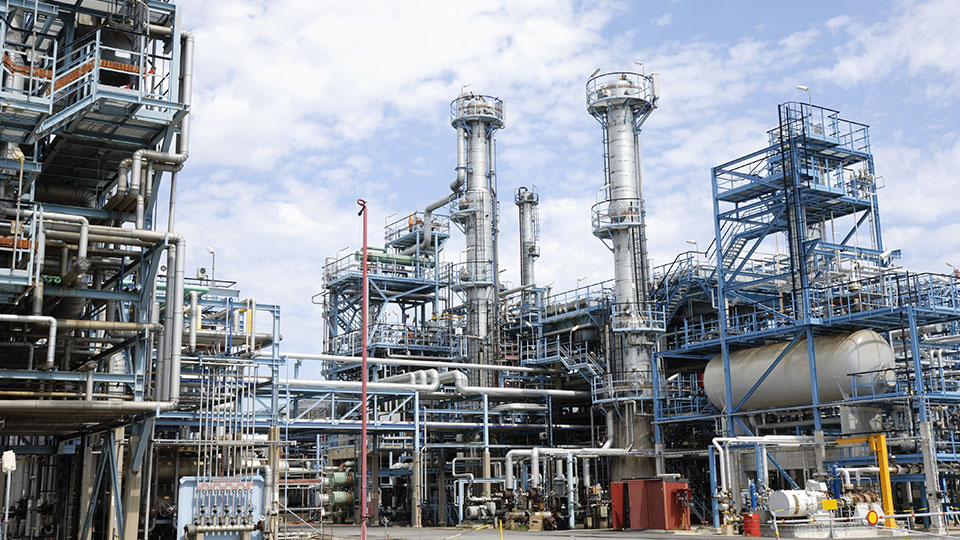
CERTIFIED MONITORING SYSTEMS WITH HIGH ACCURACY
The OPSIS monitoring systems are based on gas analysers that have fast response times, are accurate, and require minimal maintenance. The monitoring takes place contact-free along light beams where gas molecules can absorb parts of the light. In process and emissions monitoring in gas ducts, light beams are sent through the channels, or some of the gases are led into measurement cells through which the light is sent. The light is captured and led via optical fibres to the analyser which measures the absorption and calculates the gas concentrations.
A single analyser can measure several types of gases along several light paths. This gives a very cost-effective monitoring system. The concentrations of all relevant gases in the SRU and TGTU processes can be monitored, including sulfur compounds such as SO2, H2S, COS, and CS2, and other process gases such as NH3, CO, CO2, and CH4. For monitoring emissions after a TGTU, gases such as NO, NO2, H2O, and O2 can also be monitored.
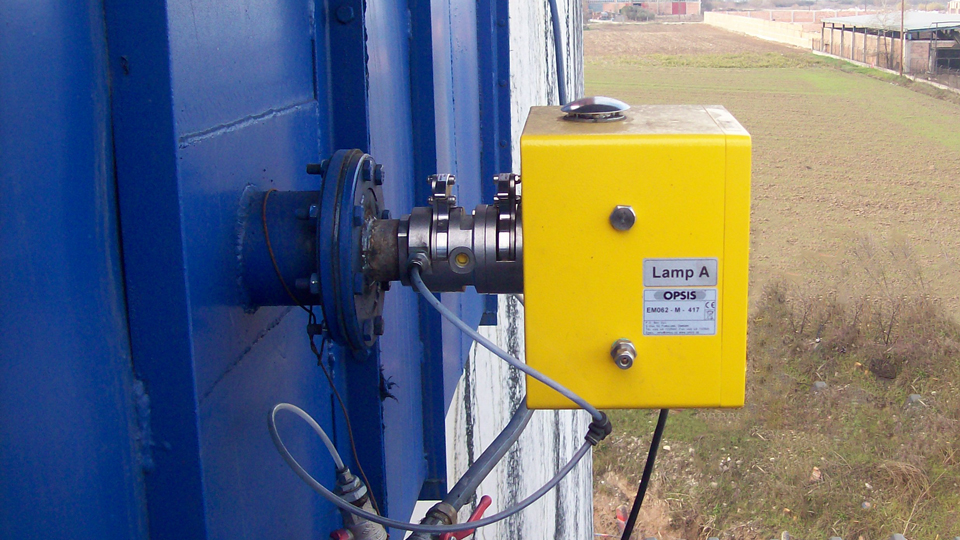
GAS ANALYSIS WITH OPSIS
There are multiple reasons for choosing OPSIS as supplier of systems for gas analysis. Among the key benefits of the methods and solutions offered by OPSIS are:
- patented method for H2S monitoring in low concentrations
- one system for all components
- a single system can measure at several monitoring points
- combines the benefits of the UV-DOAS, FTIR-DOAS, and TDL techniques
- best performance according to QAL1 certification
- longest calibration interval according to QAL1 certification
- optional automatic QAL3 control
- non-contact monitoring, no sampling
- long maintenance interval
- low energy consumption
- gas calibration only once a year
- thousands of systems installed worldwide
- certified by, among others, German TÜV and under British MCERTS standards.
